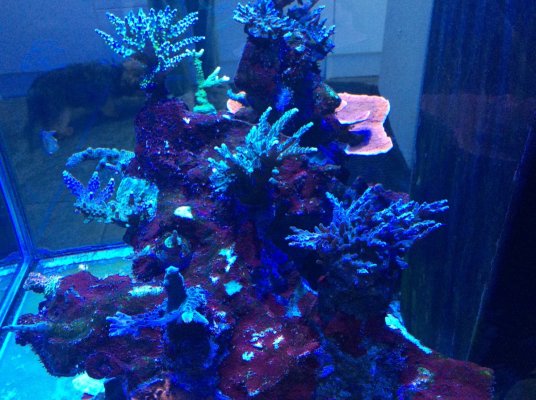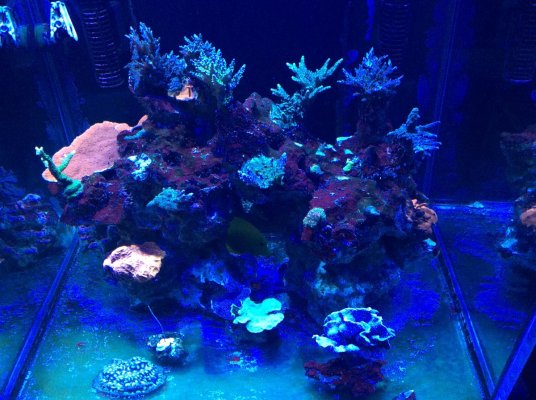sixty_reefer
5000 Club Member
View BadgesArticle Contributor
UK Reef Club Member
Hospitality Award
305 Reef Club
R2R Research
Thanks to all the contributers of this tread for sharing you knowledge.
My question is : In order to fight/avoid nuisance algeas, should the focus be on reducing Ammonia or Nitrate ?
Correct me if I'm wong, but I would expect the answer to be "both" since nuisance algeas are able to utilize N from both , but reducing ammonia increase nitrate.
The focus should be on ammonia, most nuisance algaes will struggle to break down nitrates. If algae is already established you need to look at ways to redirect ammonia to beneficial organisms through competition, that will include bacteria, coral and algae.
A commonly used methods is increasing the intensity of the light in the Refugium vs the light on the DT allowing the Refugium algaes to outcompete the DT algae.







































